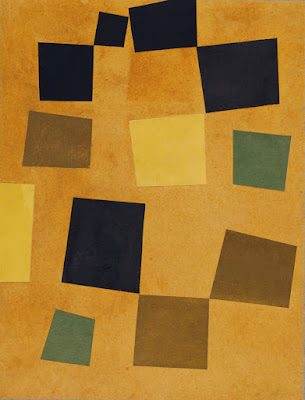Pop Art

POP ART Pop Art is an art movement that began around the year 1950 in Britain. This movement promotes and appreciates popular culture (Gersh-Nesic, 2017). Characteristics: Recognisable symbolism, drawn from well known media and items. Generally brilliant hues. Level symbolism affected by comic books and daily paper photos. Pictures of VIPs or anecdotal characters in comic books, promotions and fan magazines. In form, an imaginative utilization of media (Gersh-Nesic, 2017). Sigmar Polke, Bunnies, 1893. (Khan Academy. 2017) In Bunnies, Polke utilizes a picture from the Playboy Club portraying four of their "bunnies" in outfits. By reproducing the Raster speck printing strategy in this sketch, Polke disturbs the mass-showcasing of sexual interest, in light of the fact that the nearer the viewer gets to the work, the less they see (The Art Story,2017). Multi-hued dabs twirl all through the photo plane. Smuges, obscures, abnormal...





